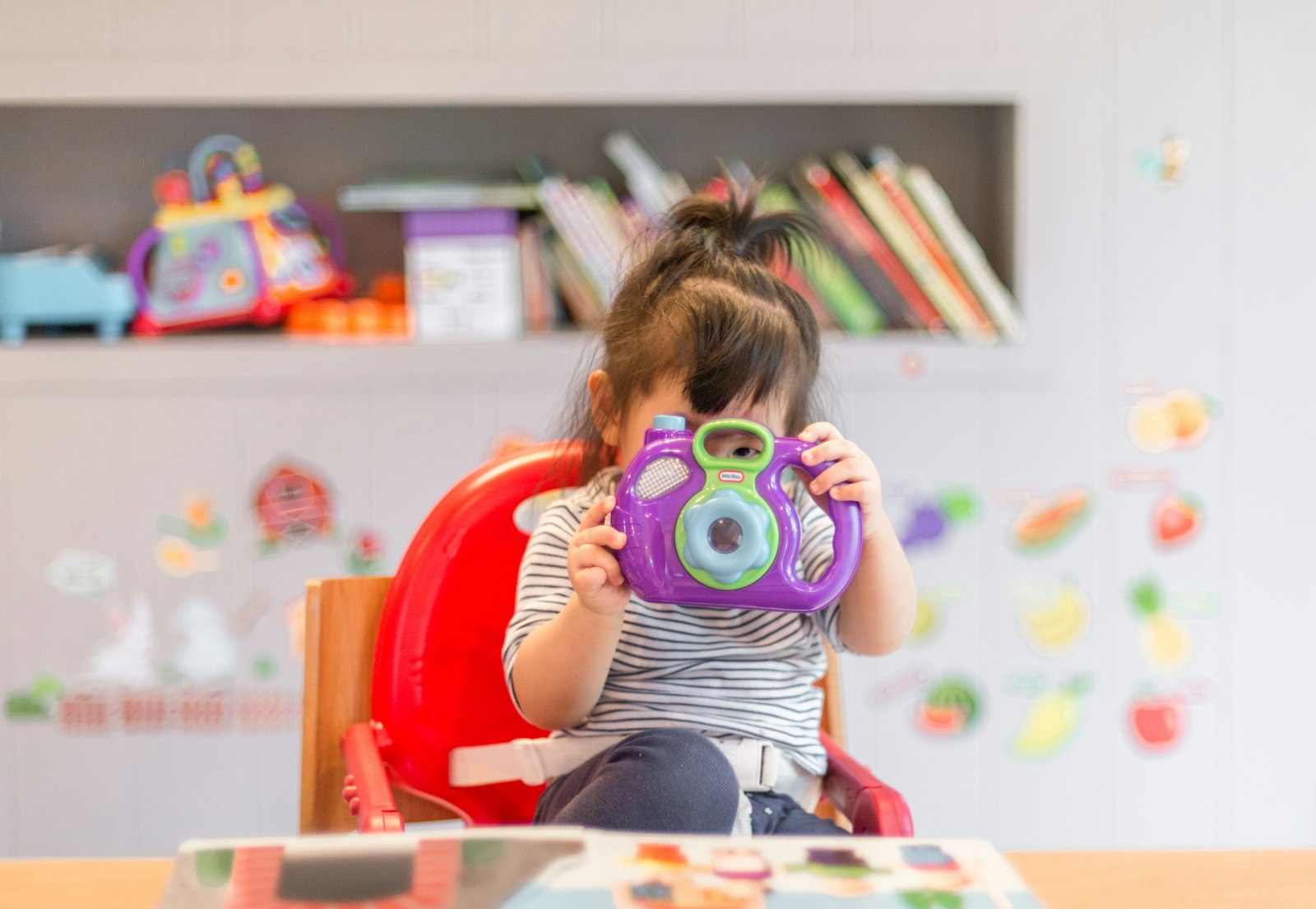As a new Dad and a marketer with over 15 years in the business, I've spent my fair share of time thinking about how to create campaigns that truly speak to kids. It's a delicate balance - you want to engage and entertain them, but also educate and inspire. You want to create something that's not just memorable, but meaningful.
My 2-year-old son is absolutely obsessed with Lightning McQueen, and he would beg me to show him and get him just about anything that even remotely resembles the character from Pixar's Cars movie. That's when I realized the incredible power of marketing to kids - when done right, it can create a connection that goes way beyond the product.
Over the years, I've worked with my agency's team to craft countless campaigns aimed at young audiences, from toddlers to tweens. We've learned a lot along the way - what works, what doesn't, and most importantly, how to do it in a way that's ethical and enriching. In this post, I'm excited to share some of those key insights with you.
Understanding the Young Audience
The first step to any successful youth-focused campaign is developing a deep understanding of your specific target audience. “Children” is a broad category spanning multiple developmental stages, each with distinct cognitive abilities, interests, and influences. Consider these key young audience segments:
| Age Range | Cognitive Development | Social-Emotional Development | Media Preferences |
|---|---|---|---|
| 3-5 years | Preoperational thought, symbolic play | Cooperative play, learning to share | Educational TV, simple mobile games |
| 6-8 years | Concrete operational thought, logical reasoning | Friendship groups, rules and fairness | Kids' websites, console video games |
| 9-12 years | Abstract thought, moral reasoning | Peer influence, self-esteem | Social media, streaming video, mobile games |
Understanding the nuances of your audience's age and stage is critical to crafting campaigns that resonate. For example, when our agency worked with a major toy brand on a product launch targeting early elementary children, we created an expansive imaginary world with custom characters that sparked kids' creativity. But for a tween-focused anti-bullying campaign, the themes and visuals were more mature, tapping into this group's acute awareness of social dynamics.
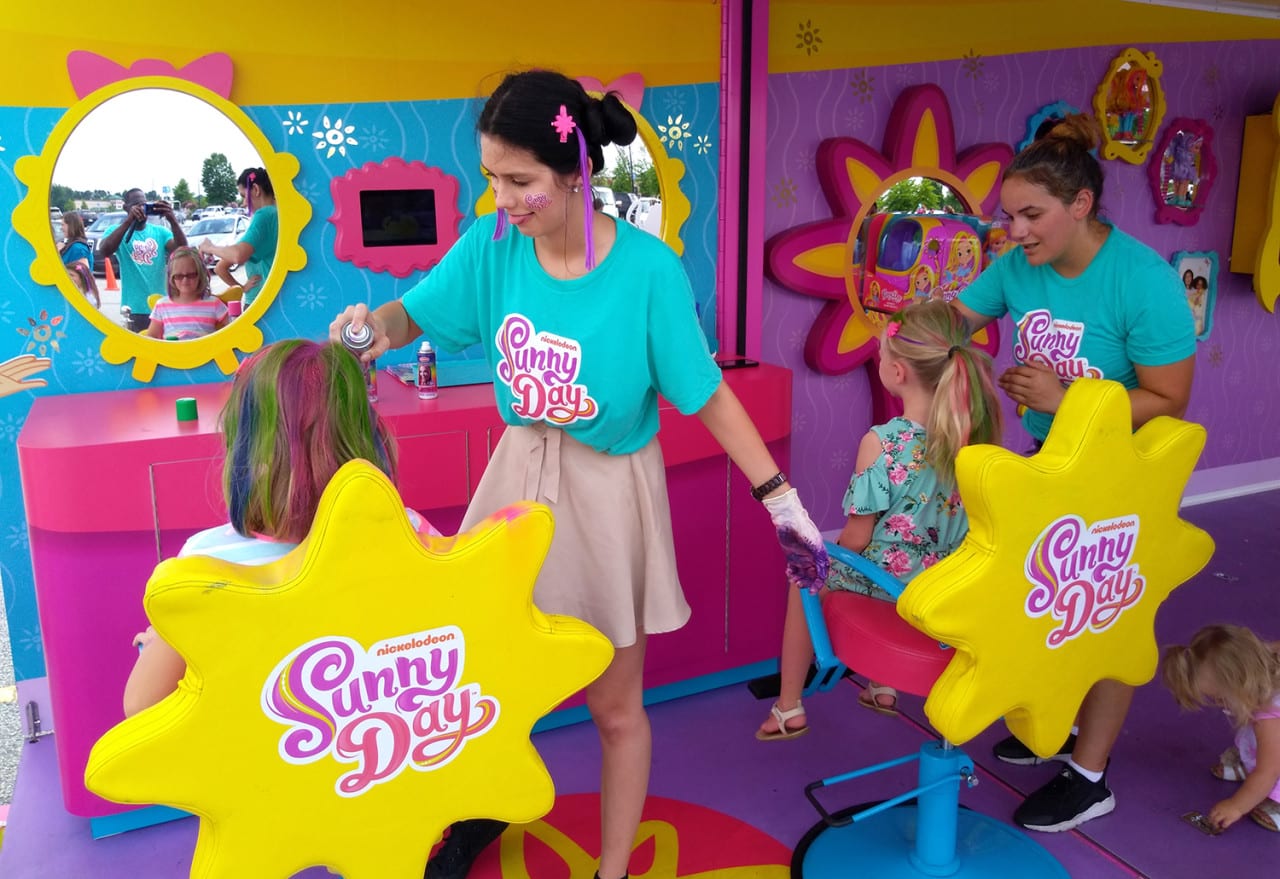
Engagement through Entertainment
One of the most effective ways to capture kids' attention is by blurring the lines between marketing and entertainment. Young audiences have limited patience for traditional advertising but will eagerly engage with content that amuses, delights, or sparks their imagination.
Some powerful tactics for entertaining young audiences:
- Humorous, irreverent content (e.g., silly skits, jokes, memes)
- Immersive storytelling with relatable characters
- Gamification and interactive challenges
- Trendy music, dance, art
When working on a campaign for a children's cereal brand, rather than typical ads, we created a series of witty animated shorts featuring the brand's mascot in silly scenarios. These became so popular that kids would actively seek them out and share with friends. The breakfast brand became a source of entertainment.
| Influencer Tier | Follower Range | Engagement Rate | Cost Per Post | Best For |
|---|---|---|---|---|
| Nano | 1K-10K | 8-10% | $10-$100 | Niche or local campaigns |
| Micro | 10K-100K | 2-5% | $100-$500 | Targeted campaigns, product reviews |
| Macro | 100K-1M | 1-3% | $500-$5,000 | Large-scale campaigns, brand awareness |
| Mega | 1M+ | 0.5-2% | $5,000+ | Mass-market campaigns, celebrity partnerships |
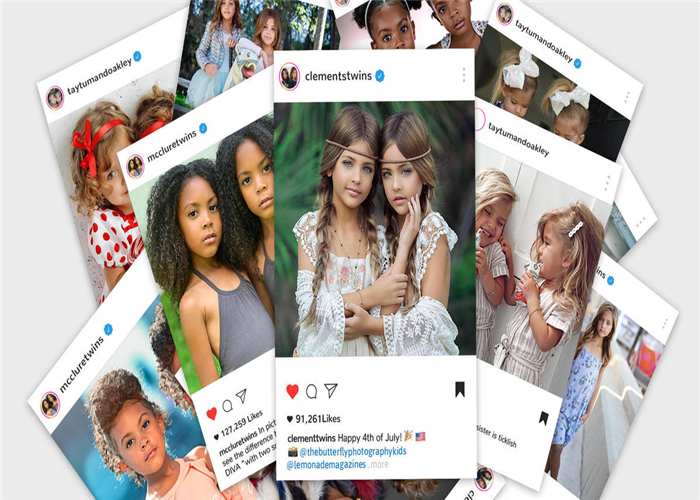
Harnessing Kid-Fluencers
For the tween segment especially, influencer partnerships are one of the most powerful tactics in a marketer's toolbox. 70% of kids trust influencer opinions over traditional celebrities. And these partnerships lend valuable credibility and “cool factor” to brand messaging.
The key is identifying influencers who are:
- Authentic and relatable to your specific audience
- Aligned with your brand values
- Skilled at creating compelling, original content
A great example is our agency's work on a toy brand's holiday campaign. Rather than generic celeb endorsements, we collaborated with several popular kid YouTubers to create a series of “holiday hack” videos incorporating the brand's products. These felt like genuine recommendations from trusted peers, not forced product placements.
| Entertainment Format | Developmental Benefits | Best Practices |
|---|---|---|
| Humorous content | Relieves stress, boosts positive emotions, aids in memory retention | Avoid sarcasm or overly complex humor, keep jokes age-appropriate and good-natured |
| Storytelling | Promotes imagination, empathy, and language skills | Create relatable characters, clear narratives, and meaningful lessons |
| Gamification | Encourages active learning, problem-solving, and goal-setting | Design age-appropriate challenges, provide positive feedback, avoid manipulative tactics |
| Music and dance | Supports physical coordination, self-expression, and social bonding | Incorporate popular, kid-friendly tunes and simple choreography, encourage participation |
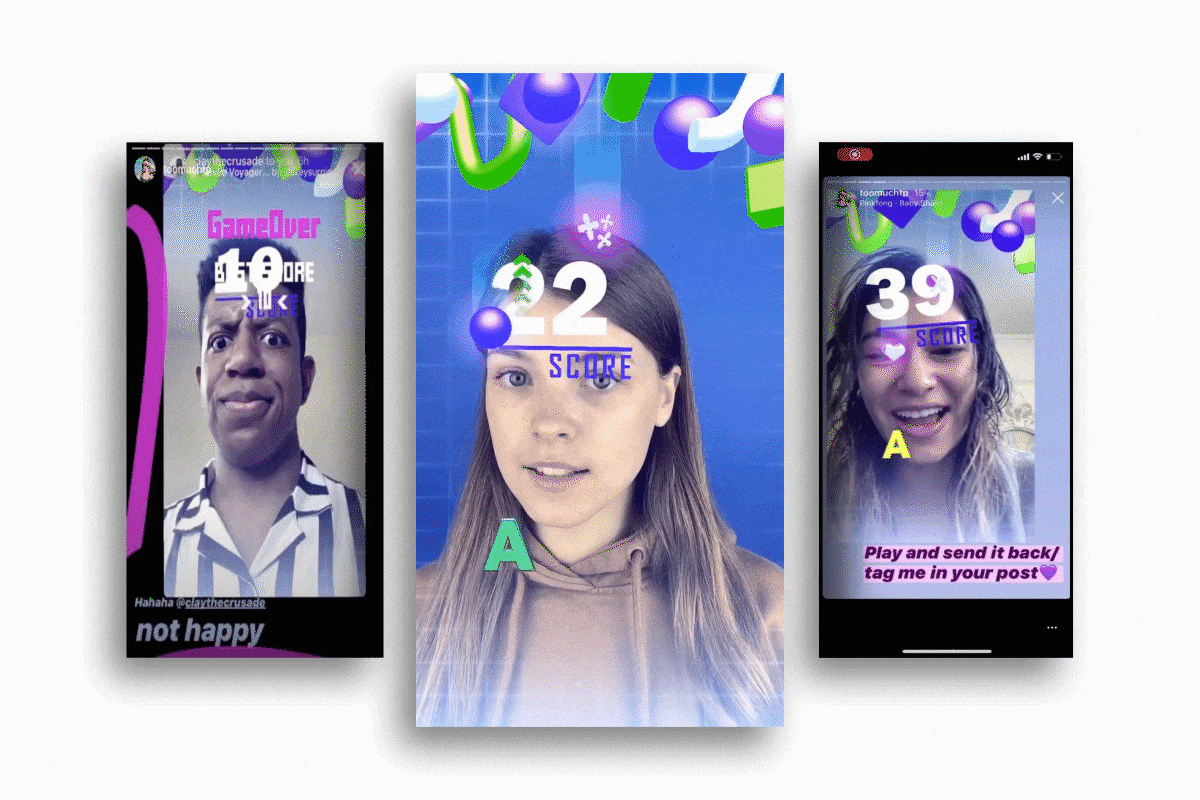
Making it Memorable
To breakthrough in a saturated media environment, kid-focused campaigns need to be highly memorable. But memorable doesn't just mean catchy jingles or slapstick humor. The most impactful campaigns connect to kids' hearts and minds.
Some effective ways to boost memorability:
Spark emotion
Laughter, surprise, excitement, even touching sentimentality. Emotional resonance helps kids internalize your message.
Be interactive
Encourage active participation through contests, challenges, UGC campaigns, custom filters, etc.
Get creative with formats
Use unconventional ad units, unique activations, mixed media, etc. to stand out.
Use repetition to your advantage.
Weave consistent brand elements (characters, taglines, visuals, sounds) across touchpoints to build familiarity over time.
A superb illustration is our work for a children's toothpaste brand. We created a goofy yet lovable animated character obsessed with battling “cavity creeps.” This character appeared not only in ads, but an interactive mobile game, short web cartoons, branded AR filters and kids could even go head-to-head with him on Instagram through weekly trivia contests testing their oral hygiene smarts. The goofy, gamified approach made a “boring” topic like brushing your teeth fun and top-of-mind.
| Connection Lever | Examples | Impact |
|---|---|---|
| Aspirational identity | Showcase role models, celebrate achievements, tap into future aspirations | Inspires kids to dream big and see themselves in a positive light |
| Shared experiences | Highlight social connections, feature group play or learning, celebrate family moments | Strengthens sense of belonging and social support |
| Emotional resonance | Evoke laughter, wonder, compassion, pride | Deepens engagement and forms lasting associations with your brand |
| Empowerment | Offer choices, encourage autonomy, provide tools for self-expression | Builds confidence and fosters a sense of control |
| Authenticity | Feature real kids and stories, embrace imperfections, avoid stereotypes | Establishes trust and credibility with young audiences |
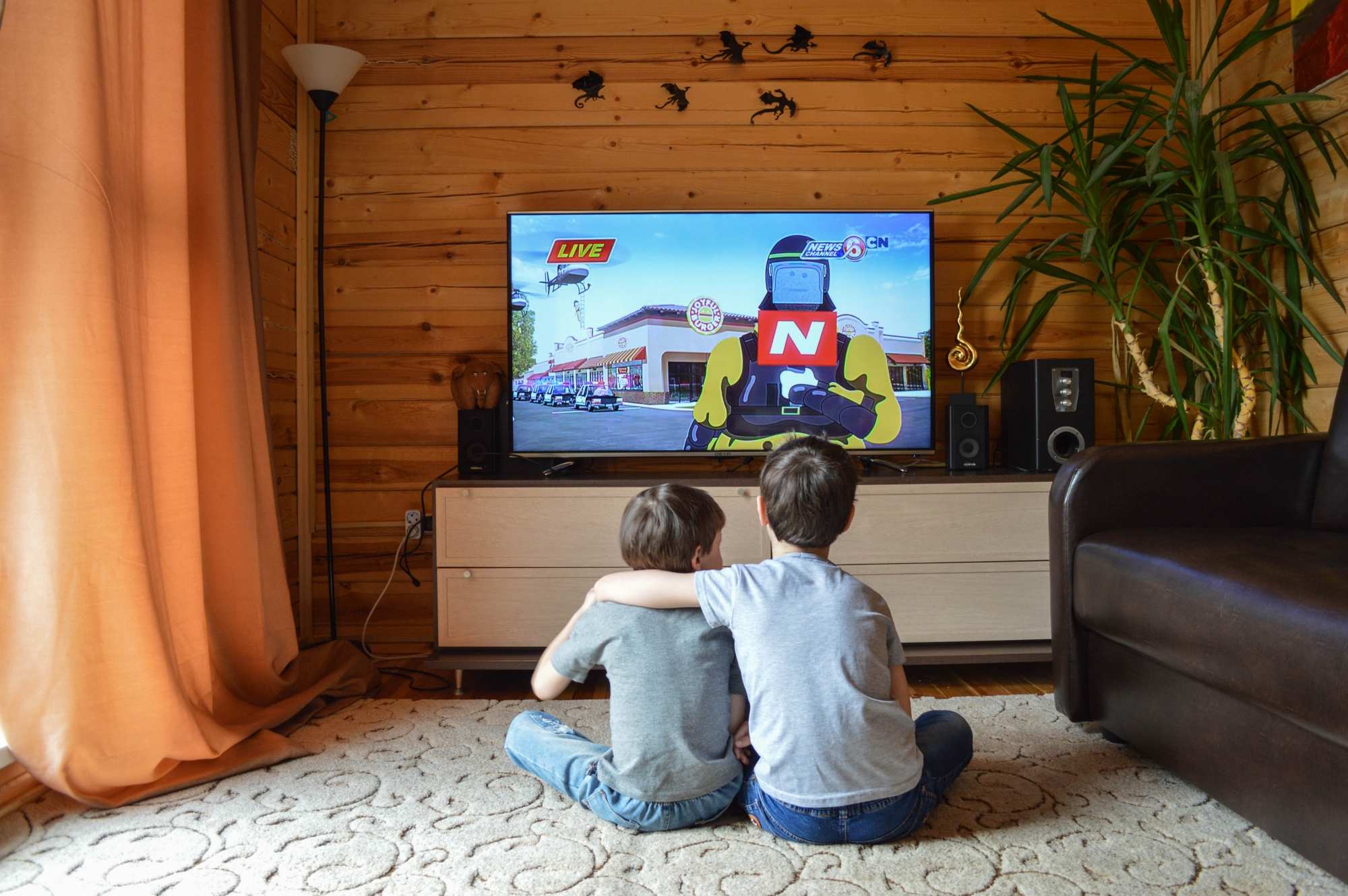
Keeping it Kid-Appropriate
Of course, marketing to children comes with an extra level of responsibility. Campaigns should be not only engaging but enriching. And of course, any data collection or digital interactions must adhere to strict privacy and safety regulations like COPPA.
Some important guidelines:
- Avoid manipulative tactics that exploit kids' vulnerabilities
- Be transparent about persuasive intent, use clear “ad” labels
- Emphasize positive messages that uplift and empower
- Partner with parents, educators, and experts to ensure age-appropriateness
- Obtain proper consent for any data collection/use
Our agency always develops youth-focused campaigns through the lens of “what's best for kids.” An example is our work with an educational tech company. The campaigns emphasized skill-building and discovery - promoting the inherent benefits of the product, not empty hype. All parent-targeted messaging was clear about data policies. By putting kids' wellbeing first, you build trust and credibility that extends to your brand.
When marketing to children, the key is seeing the world through their eyes. By combining deep audience insight, entertaining content, authentic influencer partnerships, memorability-boosting tactics, and an unwavering commitment to ethics and enrichment, you can craft campaigns that don't just sell to kids, but add real value to their lives.
Effective kid-focused marketing is so much more than cute characters and catchy songs. It's about sparking wonder, fueling creativity, and making meaningful connections. The brands that do this best don't just win loyalty - they shape the next generation.
FAQ
1. What are the key differences in marketing to children compared to adults?
Marketing to children requires a deeper understanding of their developmental stages, interests, and influence within the family. It also demands a higher level of ethical responsibility and compliance with regulations designed to protect young audiences.
2. At what age do children start becoming receptive to marketing messages?
Children as young as 2-3 years old can recognize brands and respond to marketing, but their understanding of persuasive intent develops gradually. By age 7-8, most kids can identify advertising and distinguish it from other content.
3. How important is entertainment in kid-focused marketing campaigns?
Entertainment is crucial in capturing and holding children's attention. Incorporating humor, storytelling, games, music, or interactive elements can make marketing messages more engaging and memorable for young audiences.
4. What role do influencers play in marketing to children?
Kid influencers have become powerful partners in youth-focused campaigns. They can lend authenticity, credibility, and "cool factor" to brand messages while also modeling positive behaviors and values for their young followers.
5. How can marketers ensure their campaigns are age-appropriate for different childhood stages?
Marketers should consult with child development experts, conduct age-specific research, and test concepts with target audiences. They should also follow established guidelines from regulatory bodies and industry associations.
6. What are some effective strategies for making kid-focused campaigns more memorable?
Strategies include evoking strong emotions, incorporating interactive elements, using unconventional formats or storytelling techniques, and consistently reinforcing key brand elements across touchpoints.
7. How can brands build trust with parents when marketing to their children?
Brands should prioritize transparency, clearly disclosing any advertising or sponsored content. They should also communicate their data collection practices, partner with respected organizations, and emphasize the educational or enrichment value of their products/campaigns.
8. What are some common mistakes to avoid when marketing to kids?
Common mistakes include talking down to children, relying on outdated stereotypes, emphasizing product features over benefits, and neglecting the role of parents as gatekeepers and co-decision-makers.
9. How can marketers measure the success of their youth-focused campaigns?
Key metrics might include reach, engagement rates, conversions, brand lift, and advocacy indicators like user-generated content or Net Promoter Score. Marketers should set clear goals upfront and use a mix of quantitative and qualitative methods to assess impact.
10. What's the future outlook for kid-focused marketing?
As digital media consumption rises and young audiences gain more autonomy, kid-focused marketing will likely become even more personalized, interactive, and content-driven. At the same time, regulatory scrutiny and public concern over data privacy and manipulative tactics will demand greater accountability from brands.


